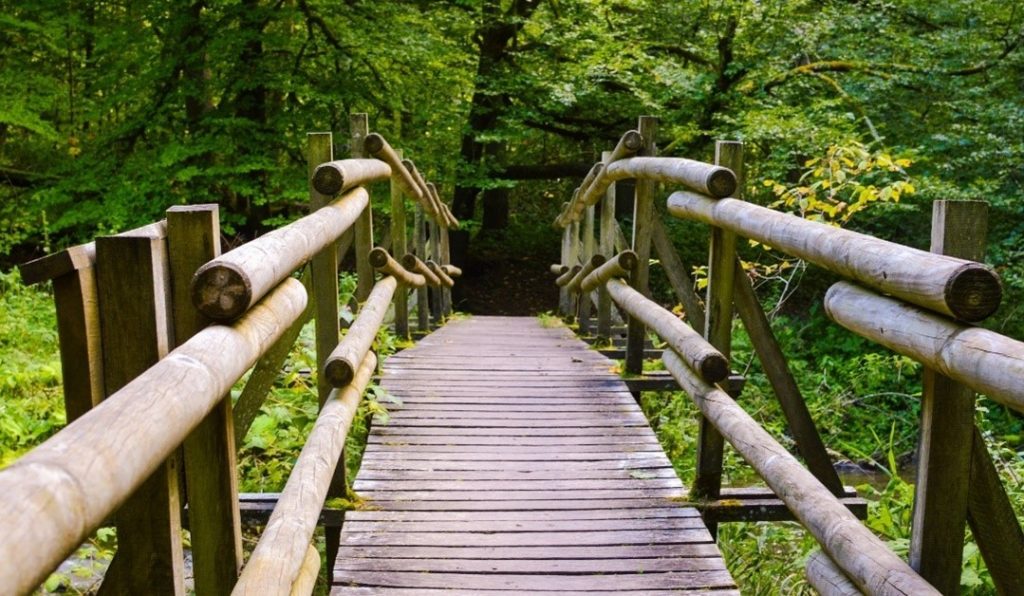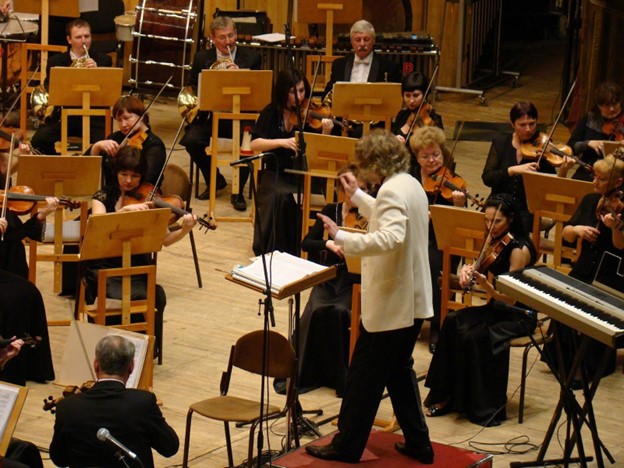Connecting Students
Building Bridges
Establishing teaching, social, and cognitive presence is vital for any learning community. Because students attend in different modalities in Dual Modality courses, it is important to also consider how to connect students into one learning community, regardless of their attendance modality. As Girons and Swinehart (2020) contend, “Building bridges or blurring the borders between groups of students is key for successful group dynamics in Blended Synchronous Learning environments” (pg. 31).
Establishing positive group dynamics and engaging in cooperative and active learning activities can help students create a cohesive learning community.
Conducting the Orchestra
Facilitating a Dual Modality course can feel like conducting an orchestra. When interaction is occurring between you and students (when presenting new information, for example), be sure to:
- move back and forth between the two groups
- check the chat for questions
- call on in-person and remote students equally
When interaction occurs between all students, the instructor should orchestrate interaction between the in-person and remote students.
Connecting to Students

Connecting students with each other is essential for the classroom community, but in-person and remote students also need opportunities for one-on-one interactions between students and instructors. Provide opportunities for:
- Online office hours
- Individual or group consultations
- Personalized written, oral, and video feedback


